
Vivian Mazuki, BFA Fashion Design, was born in Jakarta, Indonesia and grew up in Singapore. Prior to attending the Academy of Art University she studied graphic design and fashion design at Raffles Design Institution in Singapore. Starting in 2013, she interned with the local San Francisco designer Azadeh, where she conducted pattern and fabric cutting and handwork. She recently participated in creating a donated piece for the Discarded to Divine charity auction at the deYoung Museum in San Francisco.
For her senior collection Vivian used cashmere, suiting wool, pin-stripe wool and silk wool blend fabrics. She was inspired by Christopher Payne’s photographs of an asylum, “It surprised me that while I thought I would feel disturbed by the images, I felt a moment of calmness and tranquility instead. I then focused on the bittersweet aspect of the asylum.” Her collection concentrates on the idea of restriction and liberation, where parts of the garments are constructed in a way that the body looks rather confined, and other parts are loose and draped. She collaborated with BFA Jewelry Design student, Dale Beevers, to complete her collection.
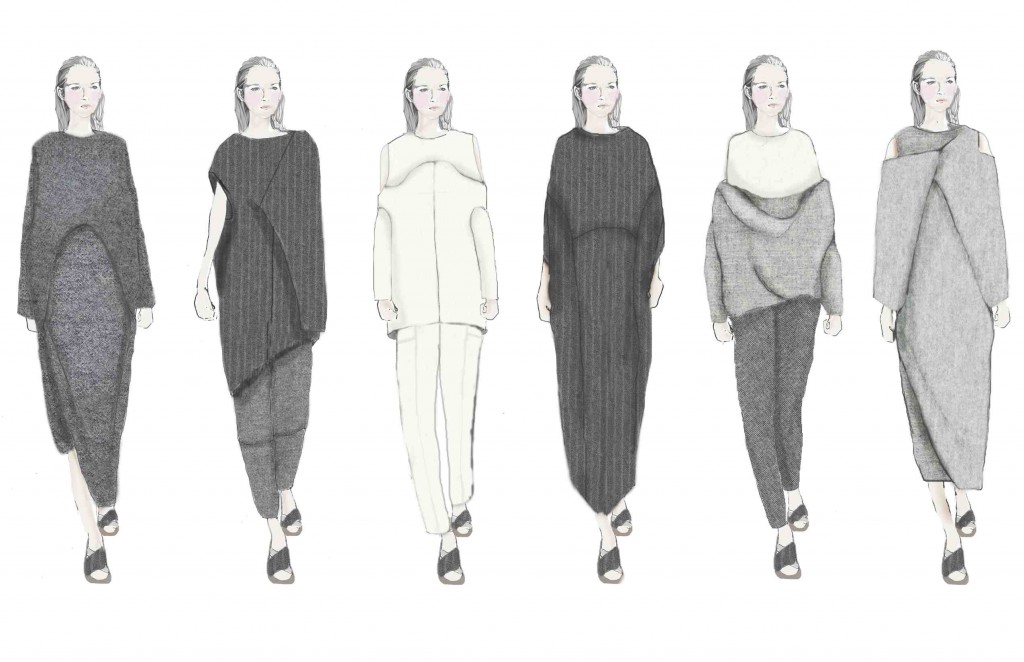
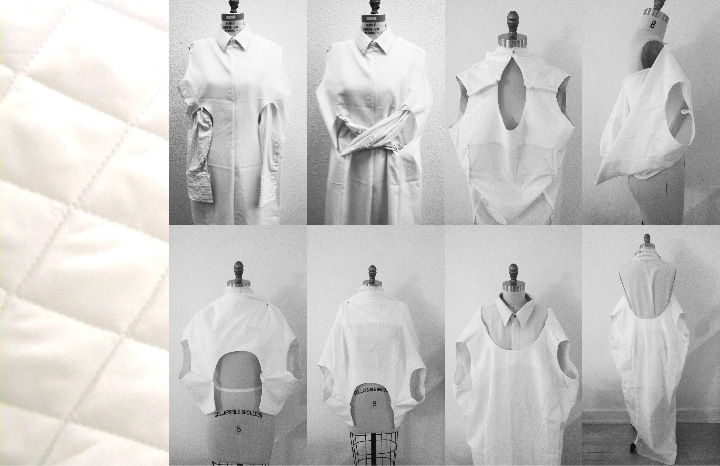
What is your favorite memory of being in the School of fashion?
Vivian: Pulling all-nighters friends and trying to meet deadlines might sound like the worst memories but theyre the ones I’m definitely going to miss the most.
What is the best advice you have ever received?
V: There’s a point where you have stop and say it’s good enough.
What is your [style] motto?
V: Balance. Too much of anything is never good.
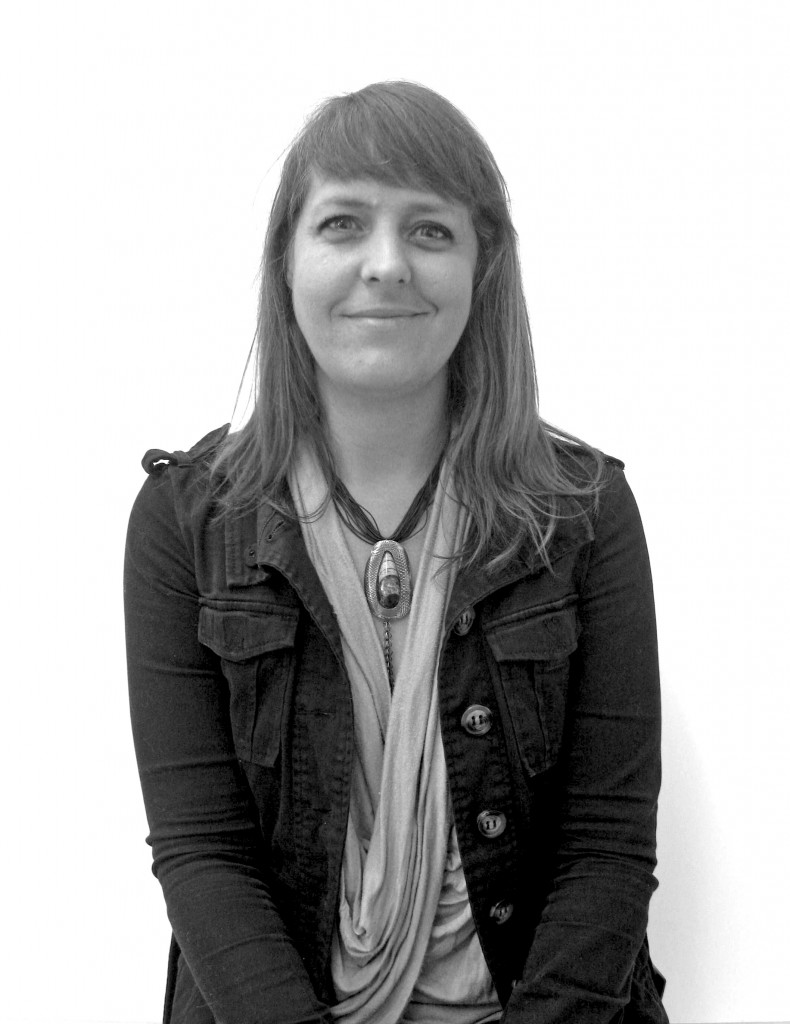
Dale Beevers, BFA Jewelry and Metal Arts Design student, grew up in Bloomfield, New Mexico. She has been a Bay Area resident for over 20 years and earned her BA in Anthropology from UC Berkeley in 2000. She used a variety of materials to create her senior collection including wood, horn, bone, brass, cement, coral and pyrite. She collaborated with BFA Fashion Design student Vivian Mazuki. Describing her collection, Dale said, “I sought to evoke the feeling of restrained madness, balancing the natural chaos and unmodified beauty of the natural materials with the structure of precisely designed forms and highly refined surfaces.”
In working with wood pieces and elements in the collection, Dale used her own signature technique of strategically retaining natural edges in combination with highly polished carved surfaces, and using dyed concrete as an inlay. For the bone items, she used a unique scrimshaw technique that involves working the bone pieces to a high polish and applying a deliberate scratch texture to the polished surface, which is then inked to achieve a subtle, abstract effect.
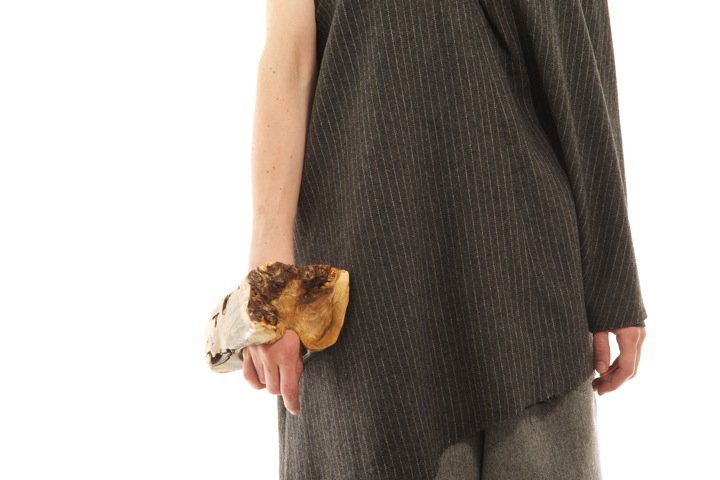
What advice would you give students who want to do collection?
D: My best advice as a jewelry designer working with the collection team is to simply make – make lots of things that inspire you and that you think could work with the collection and give the designers and directors as much as possible to work with, because what you think might be great used in one way could be even more exciting when used in a different, or bigger way. Be bold, be flexible, and don’t be afraid to tear apart your designs and remake them into something new along the way.
Which [items in your closet] do you most use?
My motorcycle boots. They are functional in the metal shop, but still look good with a denim mini-skirt.
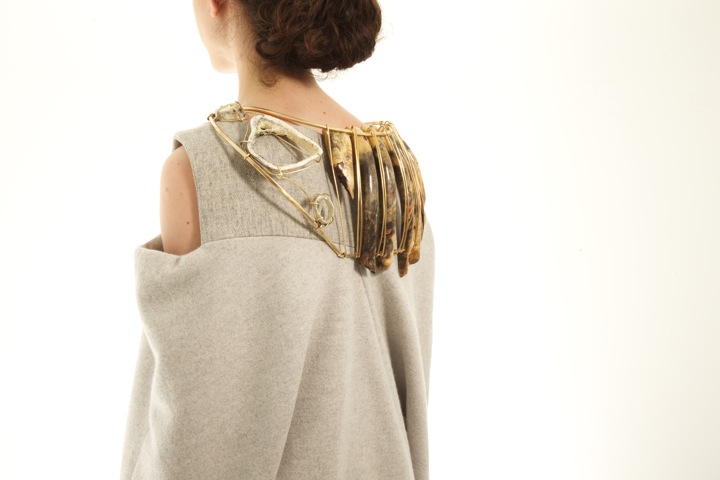
What is your greatest [style] regret?
I regret my style during the 80s in its entirety, from the permed hair to the pleated jeans.
Who are your favorite [fashion] icons and why?
Shaun Leane and Alexander McQueen, and Jean Paul Gaultier. They are fearless designers who treat jewelry not as just pretty little things, but as essential design elements that say something real, personal and maybe even uncomfortable about their work.

Seth C. Olson, BFA Fashion Design Menswear, was born and raised in Boulder, Colorado. He recently completed an design and development internship at Patrik Ervell in New York, NY, and has experience working as a design and production lead at Aurora by Olson in San Francisco, CA. His senior collection was created with a variety of innovative materials including faux fur, vinyl, plain weave cotton, waxed denim, brushed cotton twill, polartec 300 fleece and cotton Flannel. Seth was inspired by the first expedition to Antarctica, “I loved the stark contrast that I found between the soft white powdery snow and the hard, sharp cracks in the ice. I tried to capture this contrast through the use of various fabrications and sewing techniques to create contrasting textures in my collection.” He developed and printed is own cracked textile fabric that is used in four of the looks of his collection.
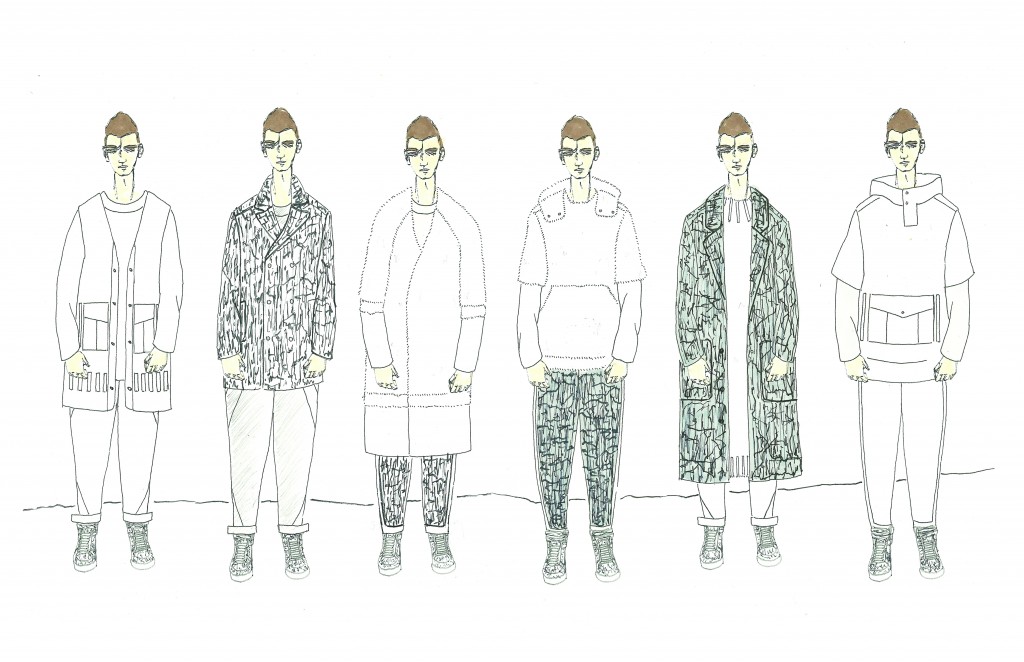
What is your favorite memory of being in the School of Fashion?
Seth: All the late nights with my design family, when everyone was getting a little loopy due to lack of sleep…
What advice would you give students who want to do collection?
S: Start collecting ideas early on and never get too attached to a design.
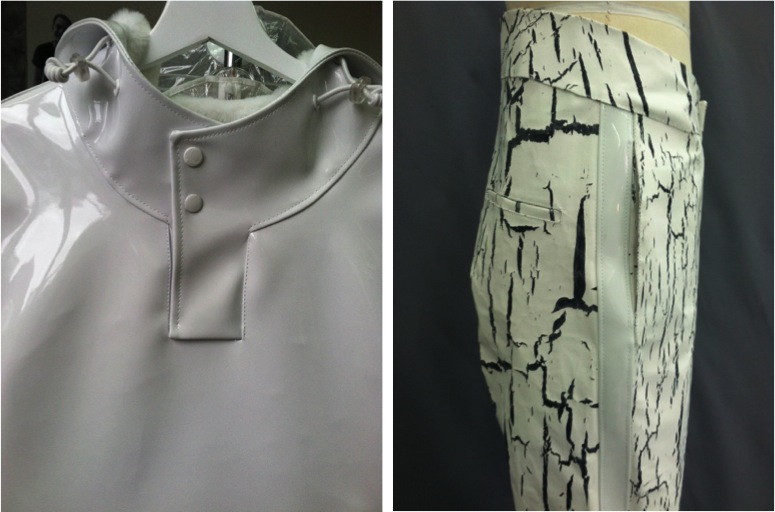
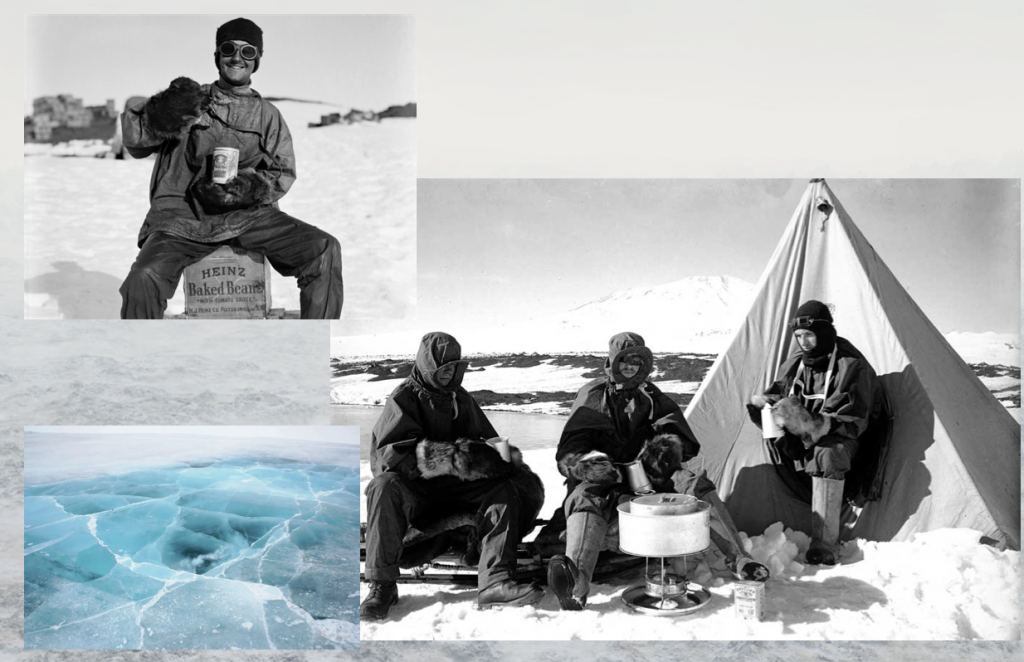
Who are your favorite [fashion] icons and why?
S: Christopher Kane for his innovation, Alexander Wang for his clean design, Yoji Yamamoto for his beautiful draping.
What is the best advice you have ever received?
S: “Be regular and orderly in your life so that you may be violent and original in your work.” – Gustave Flaubert
Written by Ashley Castanos


